JBL is unleashing its third generation of high-end headphones with a clear ambition: to compete with leading brands like Sony (WH-1000XM5) and Bose (QuietComfort Ultra). A bold gamble for a brand better known for its portable speakers and consumer models than for its forays into the high-end segment. But on paper, the Tour One M3 has plenty of selling points: active noise reduction touted as powerful, solid battery life, and, above all, a promise of significantly improved sound quality. Bonus gift, the small Smart Tx box allows you to enjoy one of the first concrete applications of Auracast.
A simple but elegant design
Right out of the box, the JBL Tour One M3 clearly displays its premium ambitions. Gone are the shiny plastics of the lower ranges: here, the finish is more refined. The headphones feature a matte, soft-touch coating that effectively reduces fingerprints. The headband and earcups are covered in high-quality leatherette, providing a comfortable and robust feel.
Visually, the Tour One M3 plays the sobriety card. No Marshall-esque eccentricities or Focal-style luxurious touches: the design is clean, discreet, almost universal. Some might find this a little too classic, but JBL can't be accused of lacking seriousness in its design.
Another piece of good news: the headset is foldable, making it easy to transport in the included case, which is quite compact and very rigid. We do regret the use of relatively thin plastics, which seem a bit too cheap for our tastes in this price range.
Comfort and controls: some good and some room for improvement
On the head, the Tour One M3 is comfortable to wear, even during long sessions. The weight remains low (278 grams) and the pressure exerted by the headband is well distributed. The earpads are soft, but the space inside the earcups may be a little tight for larger ears.
In terms of controls, the Tour One M3 offers a mix of physical buttons and touch controls. On the right earcup, a touch-sensitive area allows you to control playback, calls, and volume using traditional gestures. The left earcup houses a button to switch between noise reduction and transparency modes. Nothing more classic, but the whole thing works well, with satisfactory responsiveness.
A little something special: the Tour One M3 comes with a USB dongle called "Smart TX." This dongle lets you connect the headset to non-Bluetooth sources, such as an in-flight entertainment system, while still benefiting from active noise cancellation. It can also stream audio via the Auracast protocol available with some Bluetooth 5.3 devices. In this case, no pairing is required; any compatible device can connect to the music being played, as we found with a JBL Flip 7 speaker.
A complete but somewhat cluttered application
To get the most out of the Tour One M3, you need to use the JBL Headphones application, available on iOS and Android. This one is rich in features: equalizer adjustment, customization of touch controls, management of ANC/transparency modes, headphone adjustment test... It's all there, and even a little more.
We particularly appreciate the possibility of creating sound profiles adapted to your hearing via the "Personi-Fi" function, as well as the "SilentNow" function which activates noise reduction without music, to isolate yourself in silence. The "Smart Audio & Video" allows you to optimize latency for watching videos.
The only downside: the application interface is a bit dense and sometimes confusing for a beginner. You will have to take the time to navigate the menus to master all the options. It is also a shame that the application requires registration to access certain features.
Efficient noise reduction, effective transparency mode
JBL promises "adaptive" noise reduction with this Tour One M3. In practice, the headset performs well, but without necessarily dethroning the big names from Sony, Bose, or Apple. In a noisy environment (subway, train), it very effectively attenuates low and mid-range sounds, typically rumbles and distant voices. High-pitched noises, such as clicking or audio announcements, are a little less well filtered, but overall it remains largely satisfactory.
The transparency mode, called here “Ambient Aware”, is also convincing. It faithfully reproduces ambient sounds, allowing you to remain attentive to your surroundings without having to remove the headphones. There is also a "TalkThru" mode that lowers the volume and amplifies voices to facilitate a conversation without removing the headphones: in this case, the voices are still much less natural, bordering on robotic.
On the hands-free kit side, the Tour One M3 performs honorably. The microphones pick up voices well, even in moderately noisy environments. We remain a notch below references like the AirPods Max or the Bose QC Ultra for outdoor calls, but for indoor discussions, it is more than sufficient.
Audio quality that rises to the top
But where the JBL Tour One M3 really surprises is in its audio quality, thanks in particular to its 40 mm drivers. The headphones are a real leap forward compared to their predecessor, with a more balanced and better controlled sound signature. JBL offers a more neutral reproduction here, while retaining a slight emphasis on the bass to give the whole thing some punch.
The bass is powerful but well controlled, without ever encroaching on the mids. The latter are precisely reproduced, offering a beautiful presence to the vocals and instruments. The treble, meanwhile, rises high without being aggressive, bringing a nice airiness to the overall sound.
The Tour One M3 thus proves to be at ease with all musical genres: pop, rock, electro, but also jazz and classical. It delivers a rich, dynamic sound, with a fairly wide soundstage for closed headphones.
Solid battery life without breaking records
Finally, in terms of endurance, the Tour One M3 holds up. Our real-world test allowed us to measure around 50 hours, with noise reduction activated and volume at 50%. An excellent score.
It's a little less than the Marshall Monitor III ANC, which reaches 70 hours, but the latter has become the champion of the category since its release. Note that the headphones offer a quick charge function: 10 minutes plugged in allows you to recover 5 hours of listening time, practical for emergency repairs.

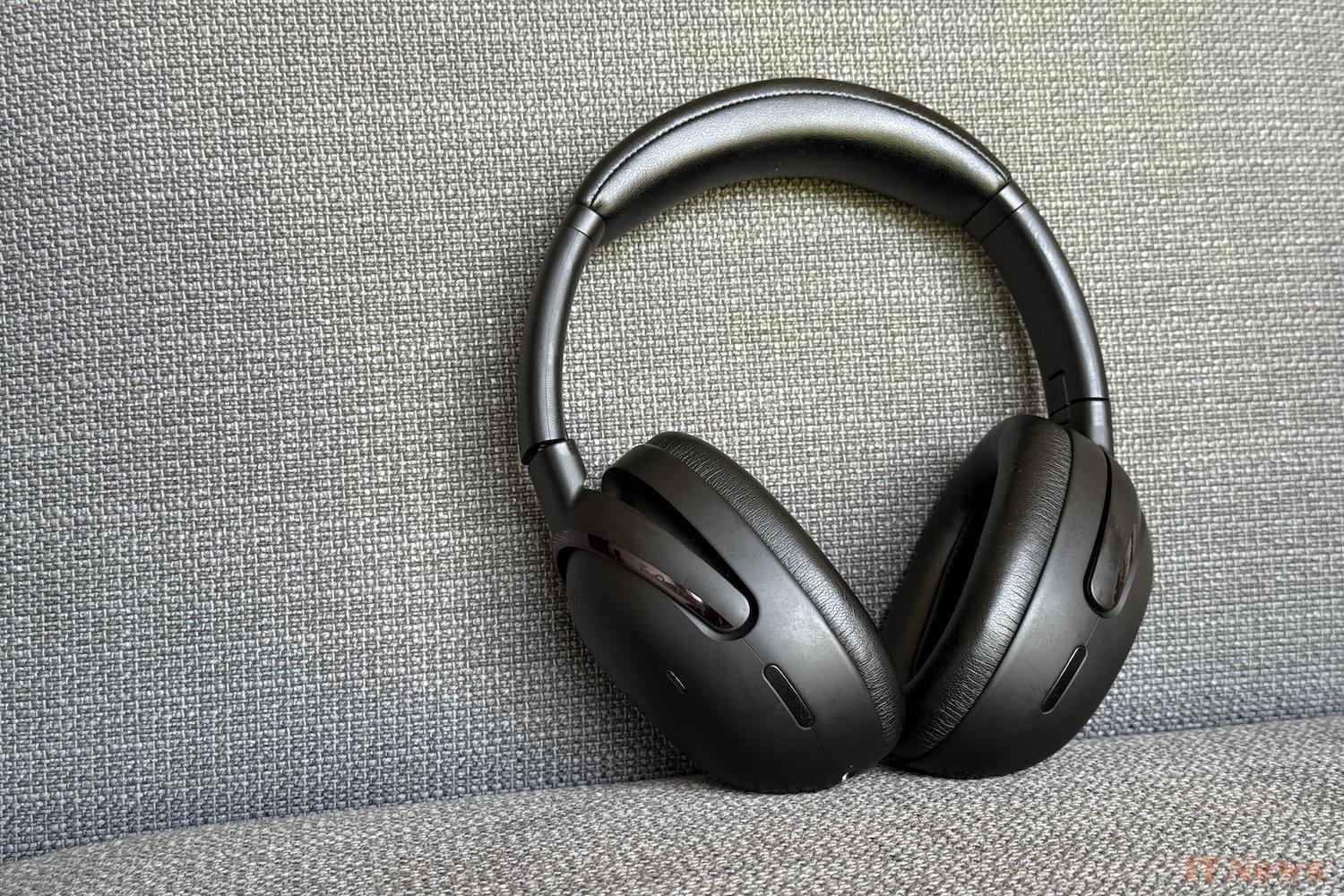
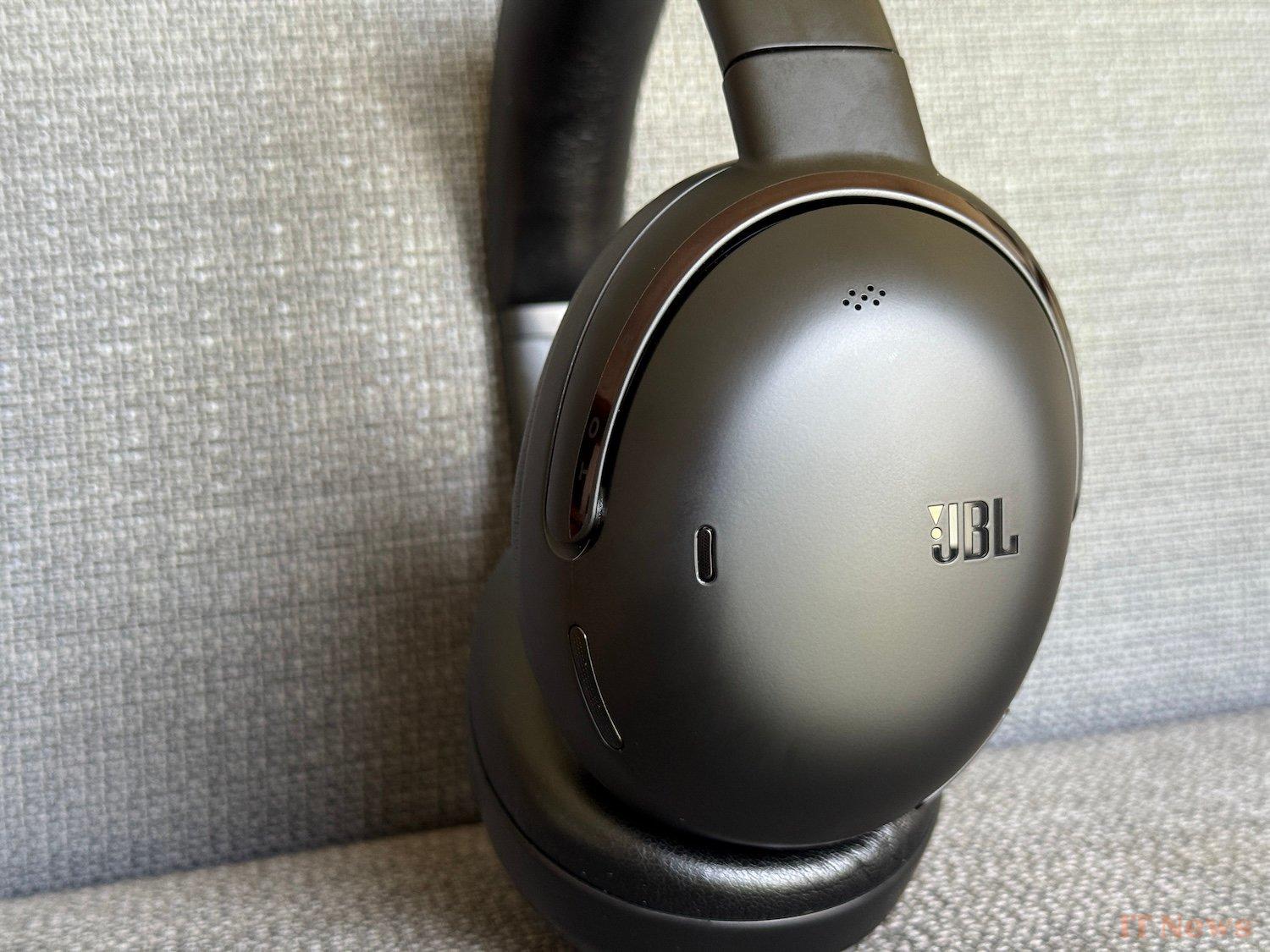
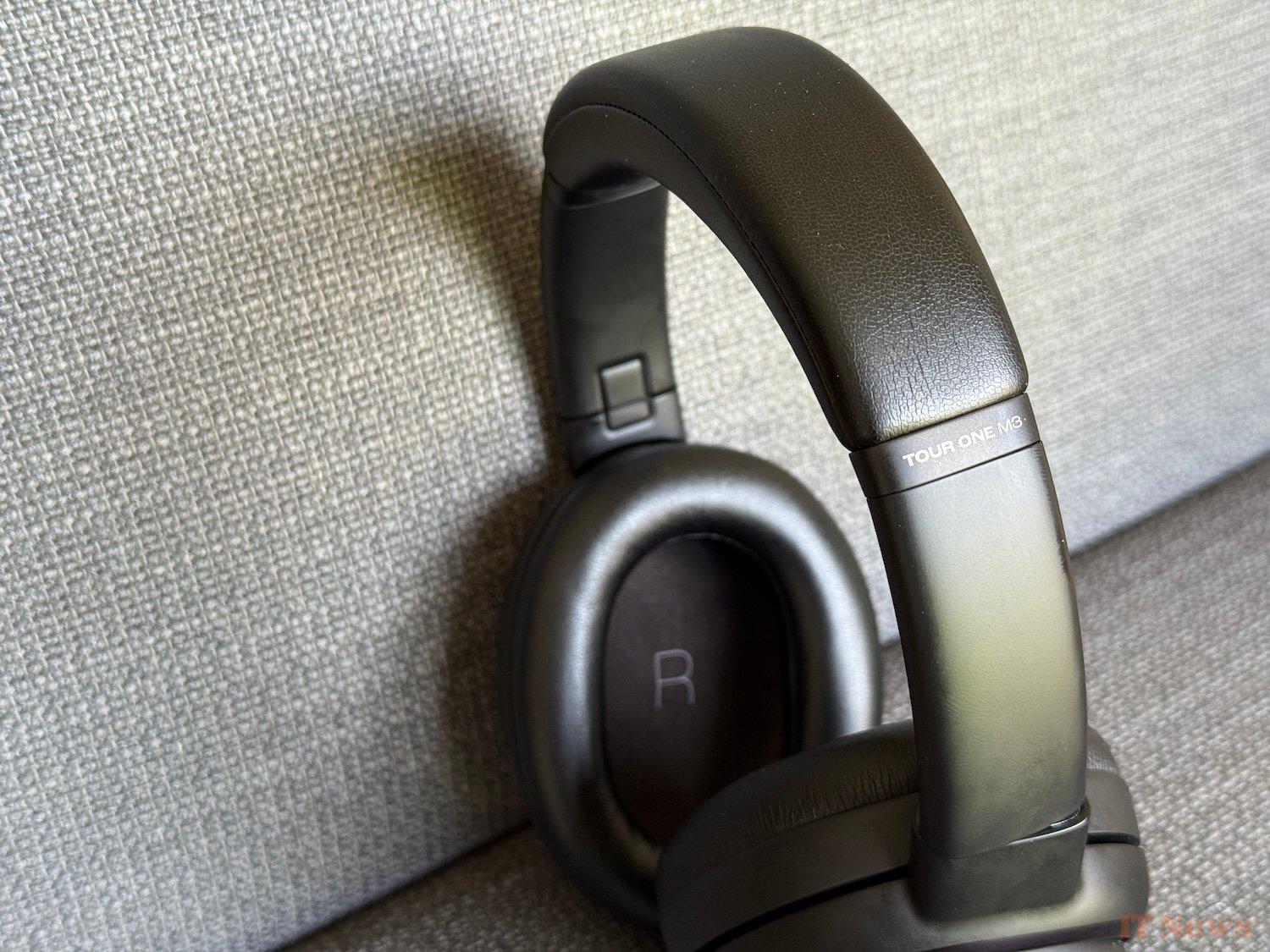
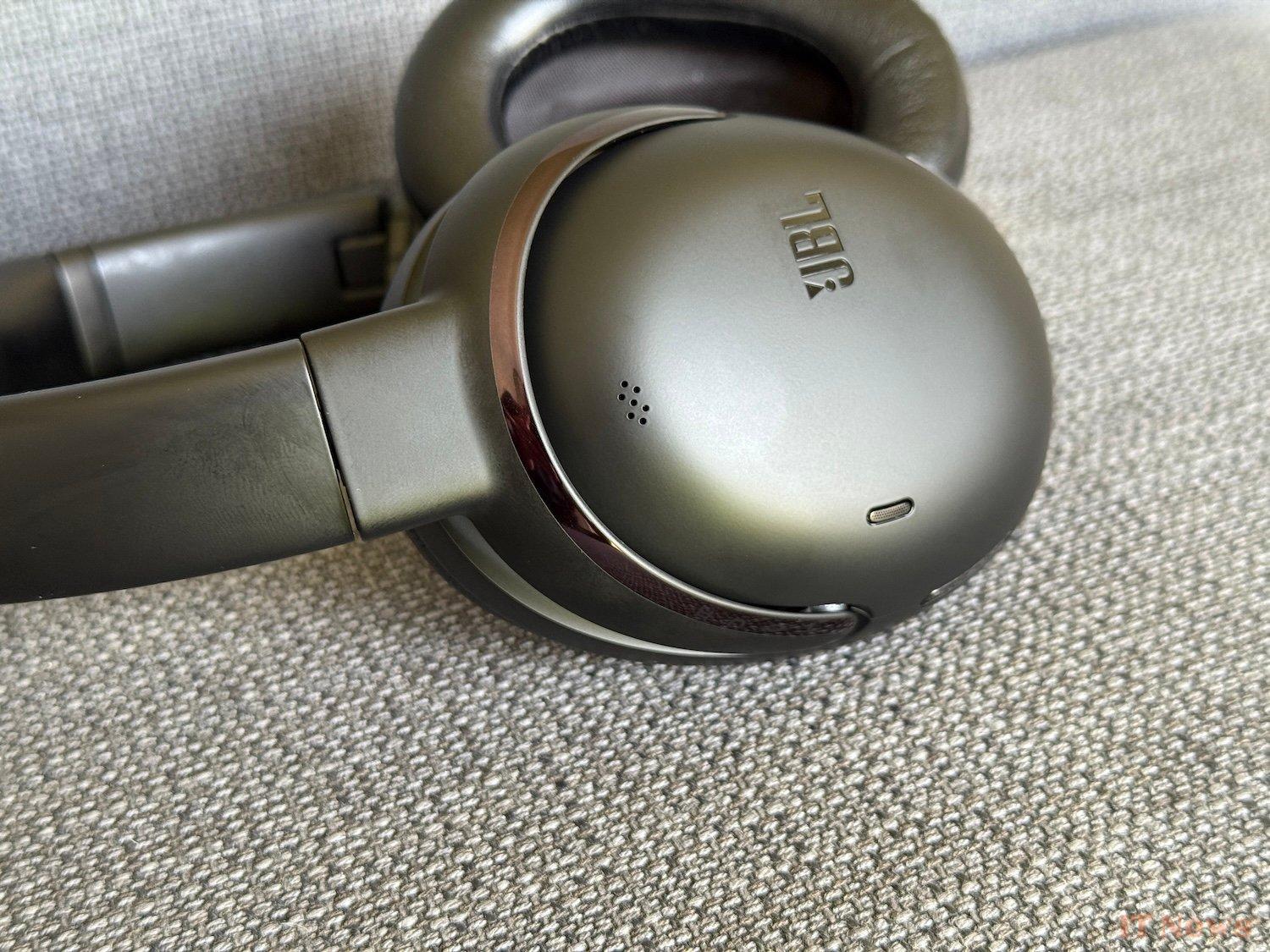
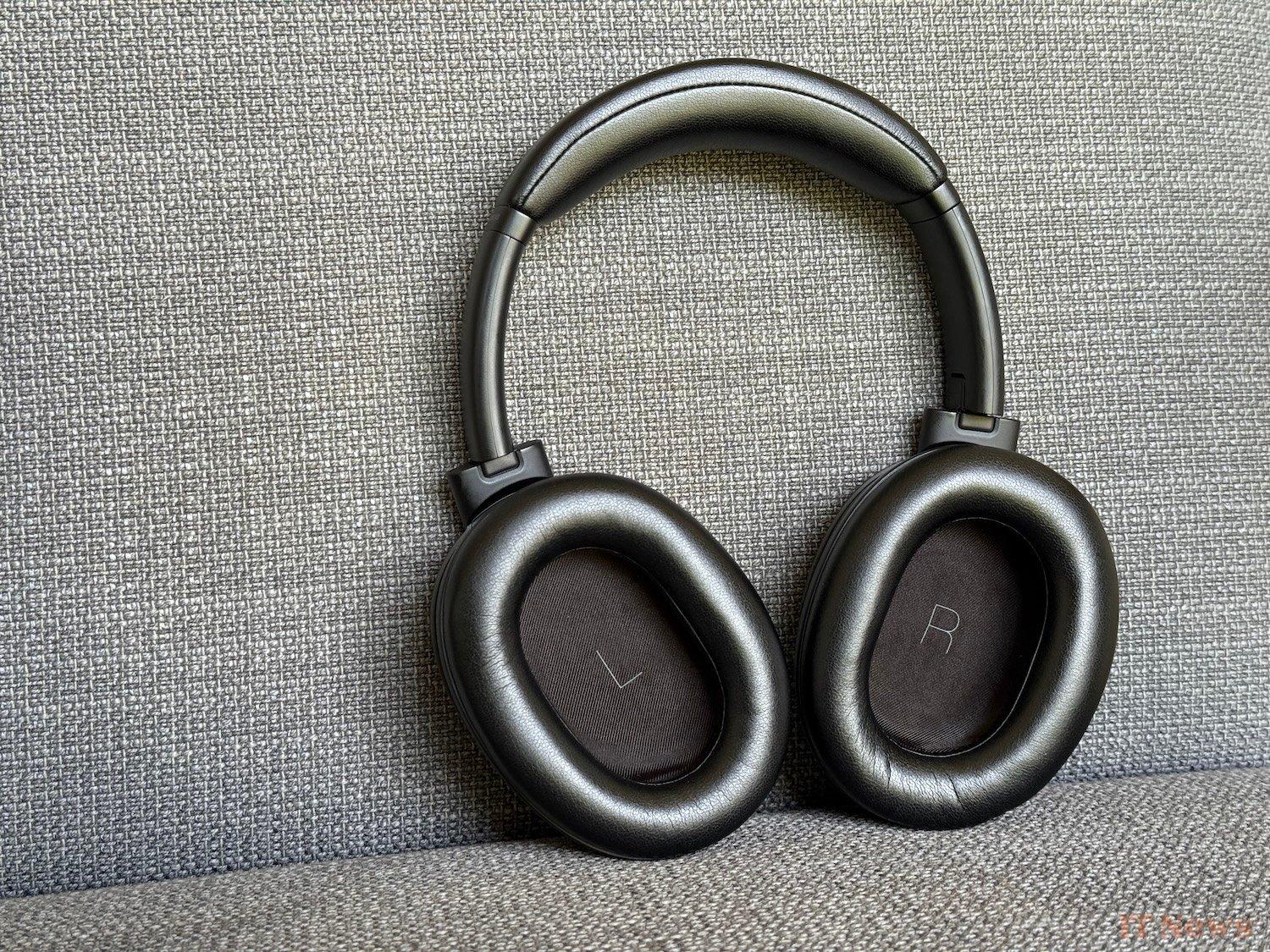
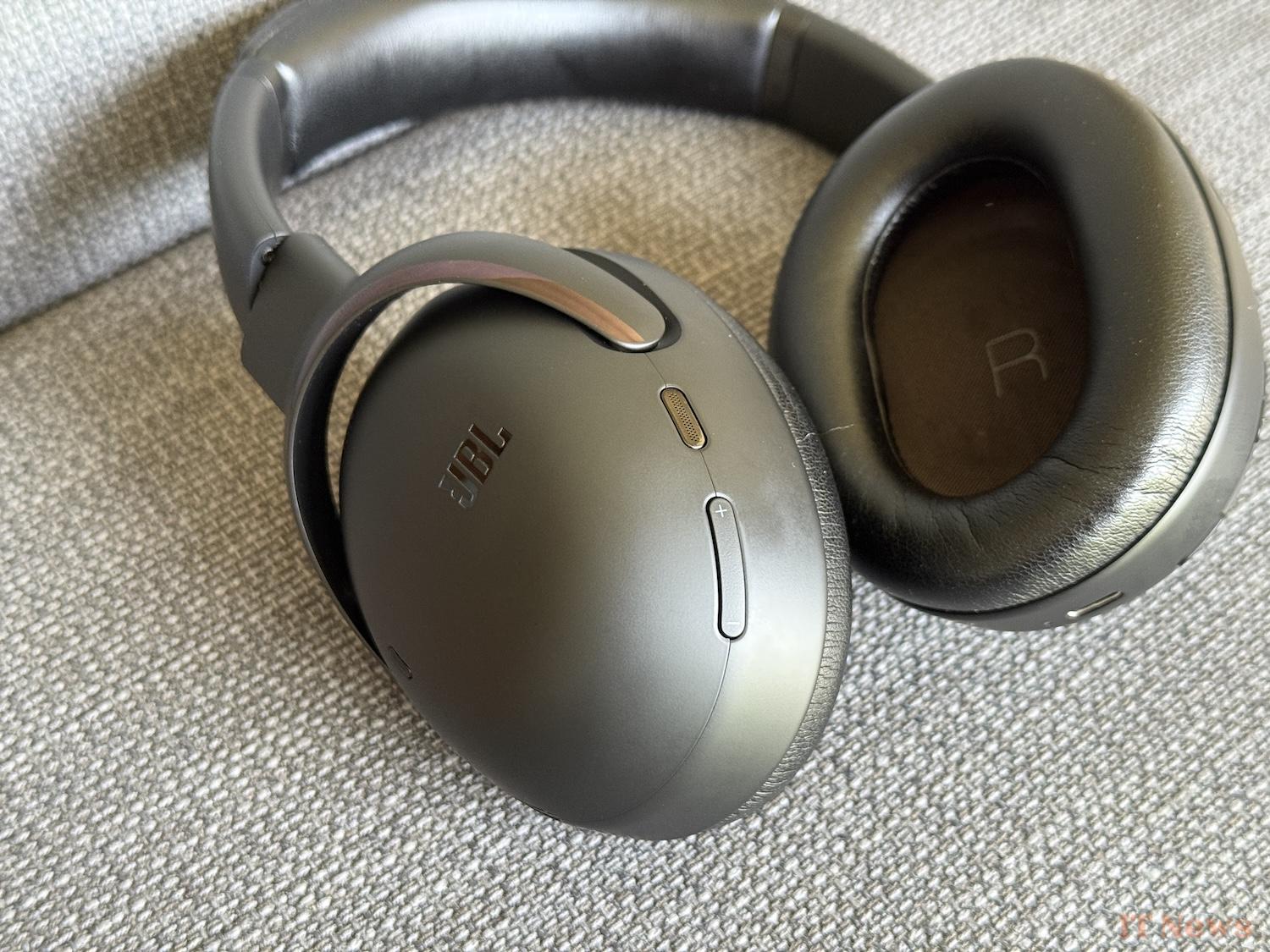
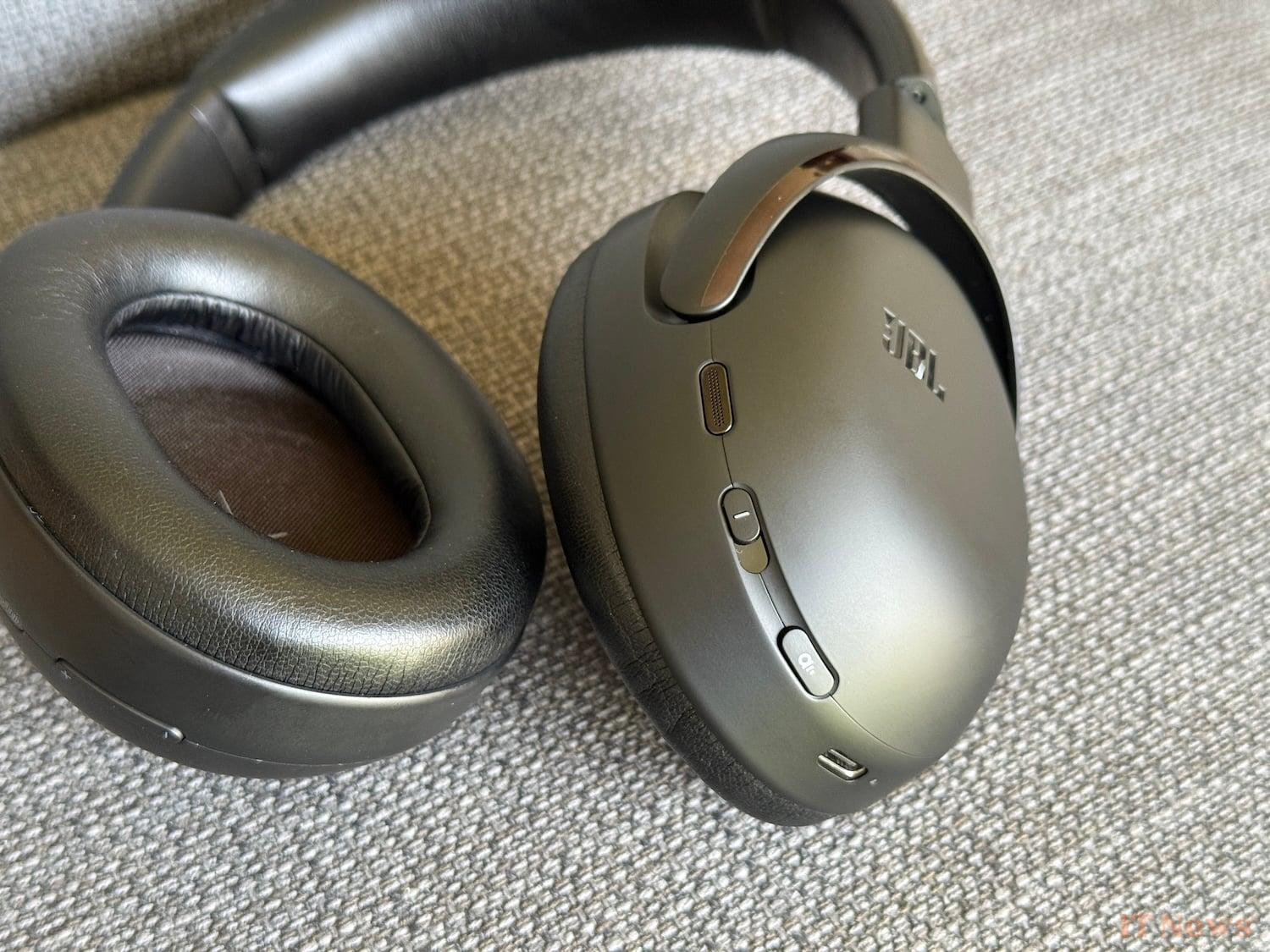



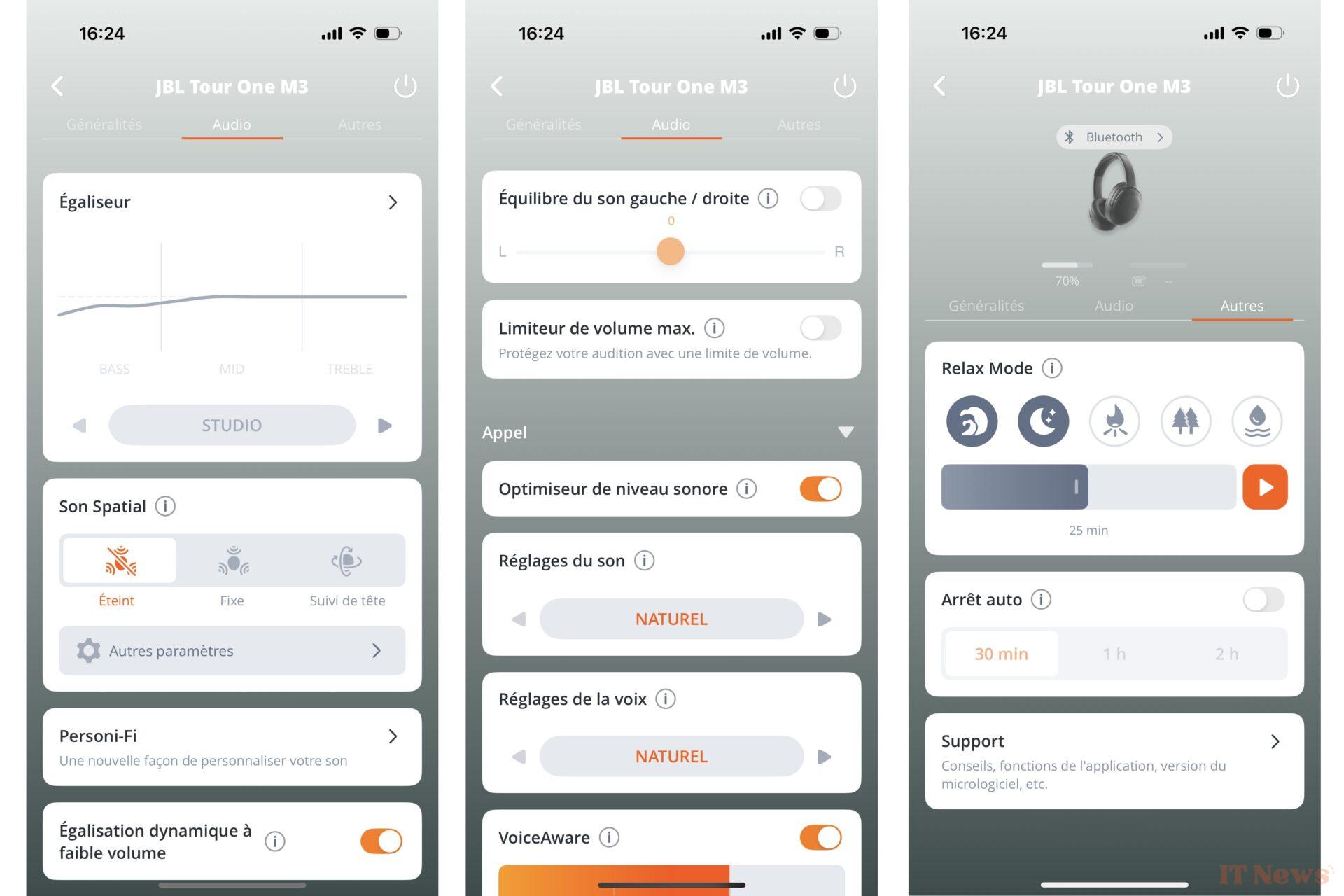

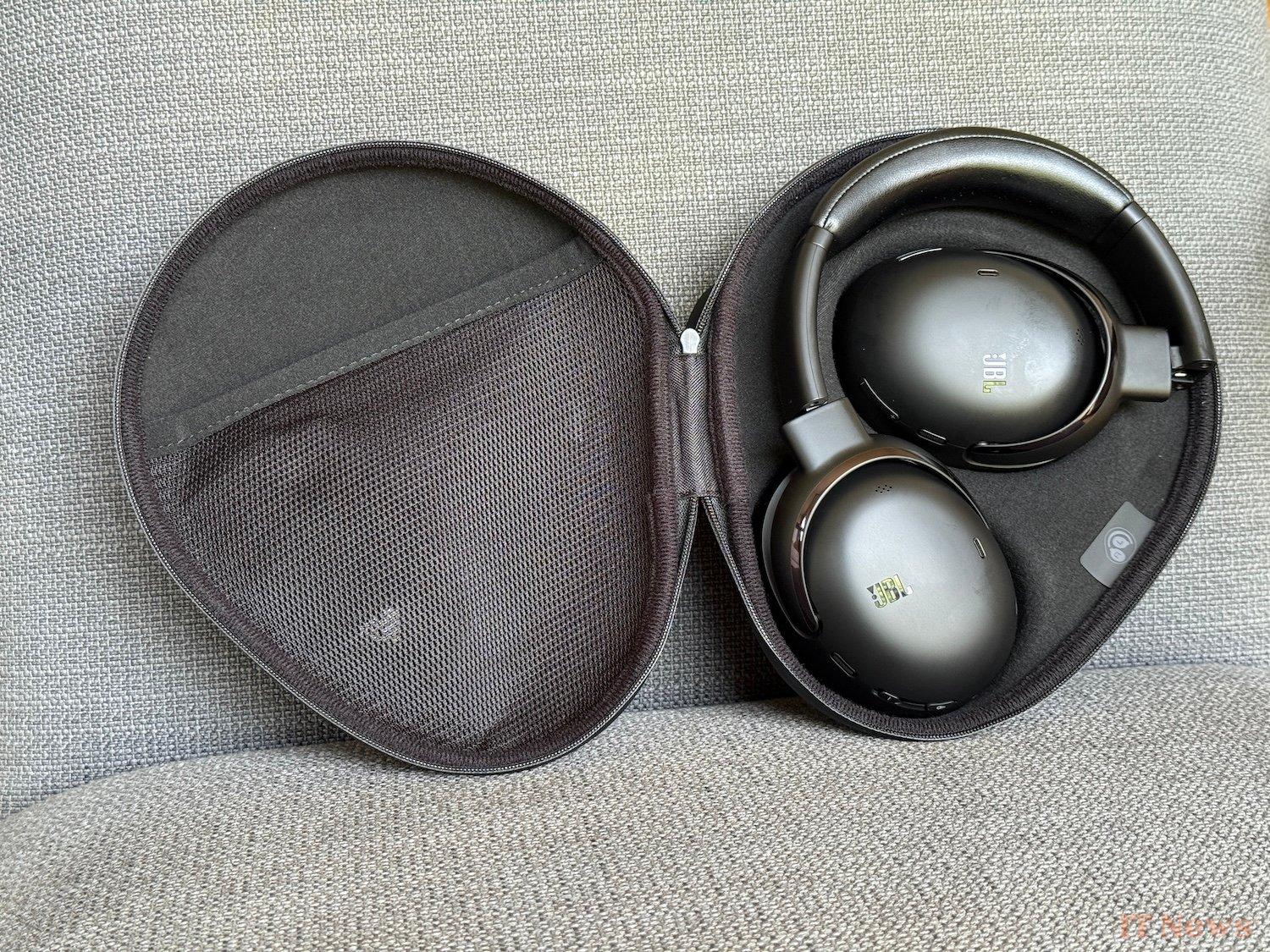
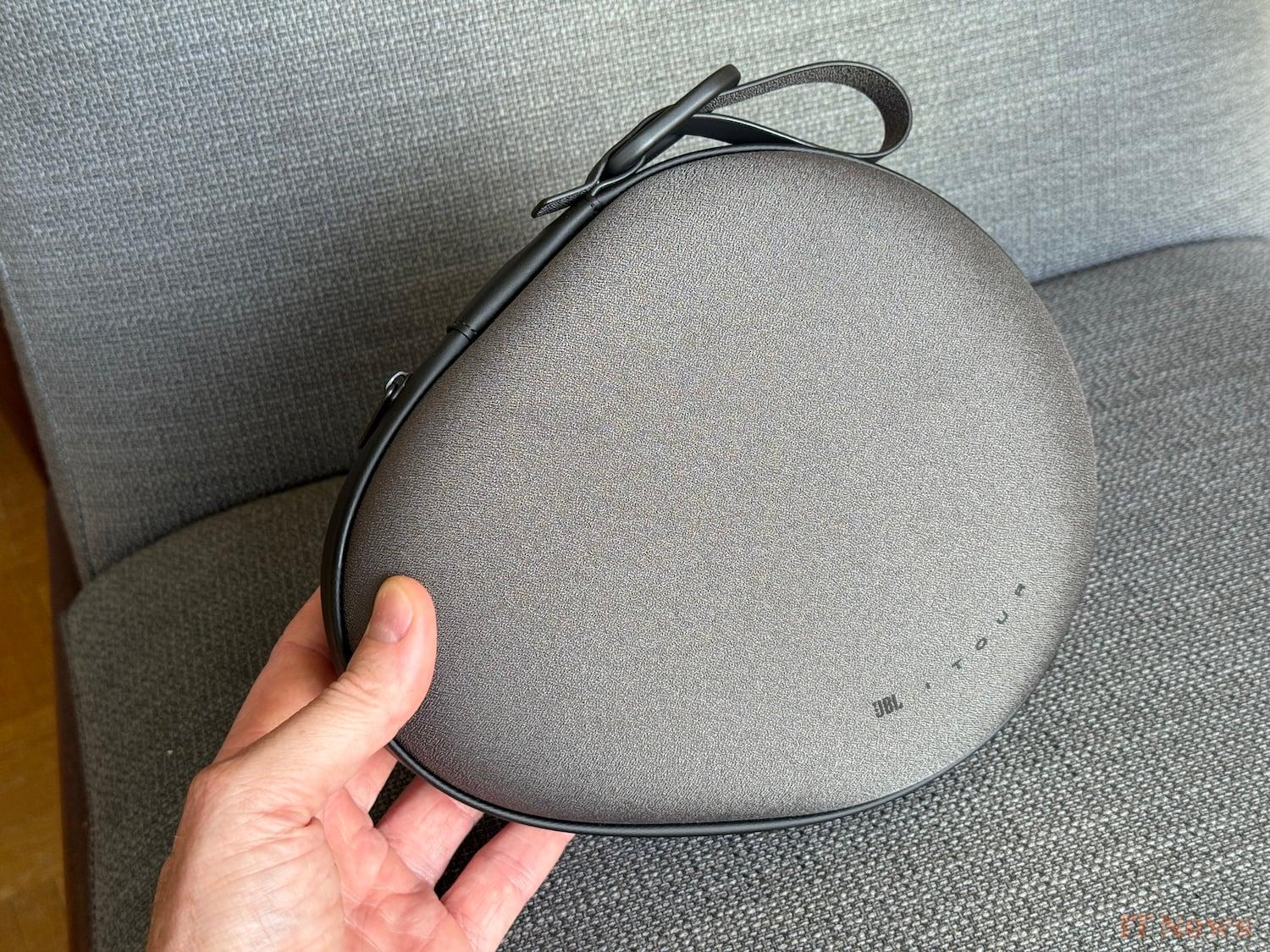
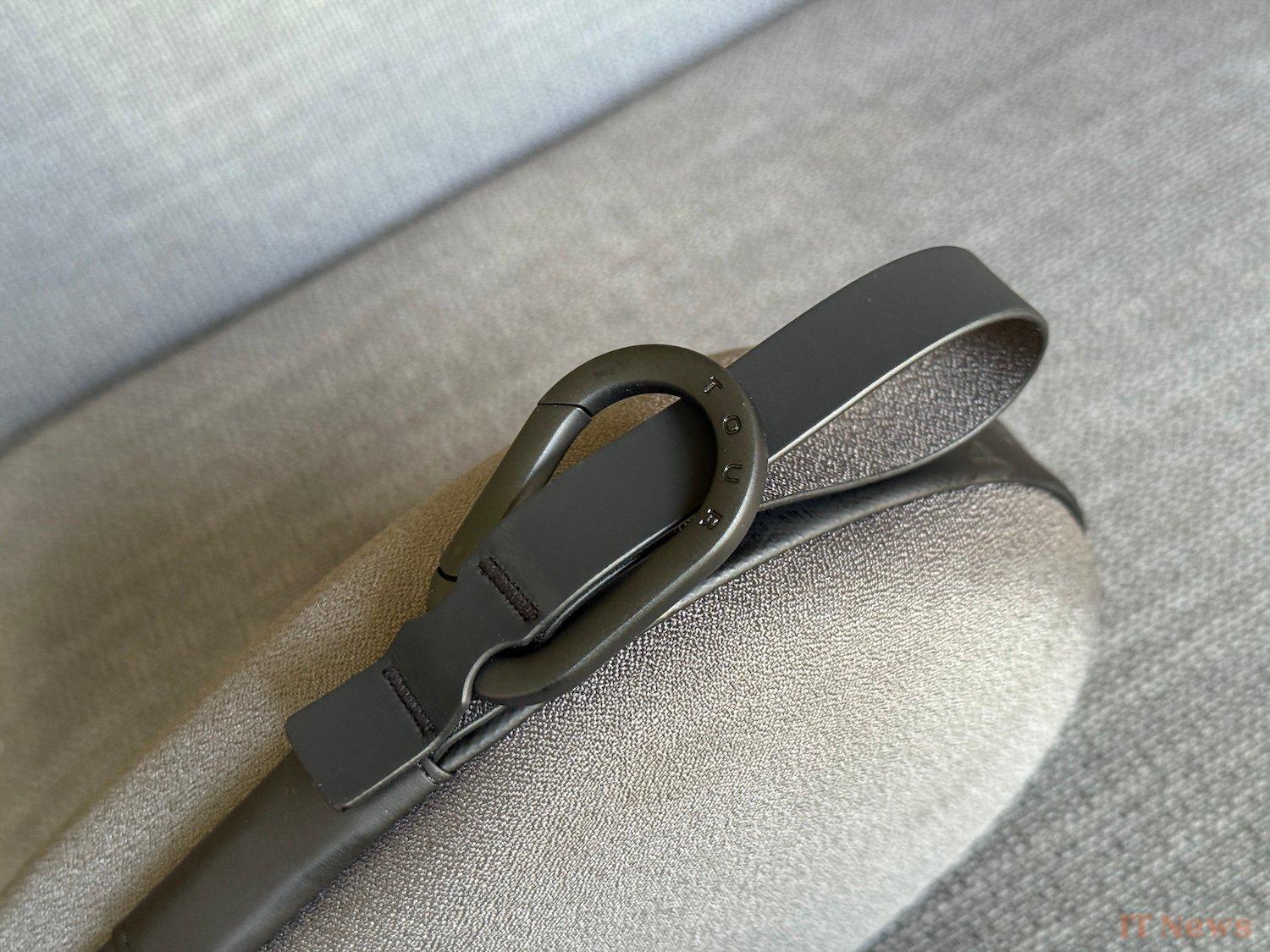
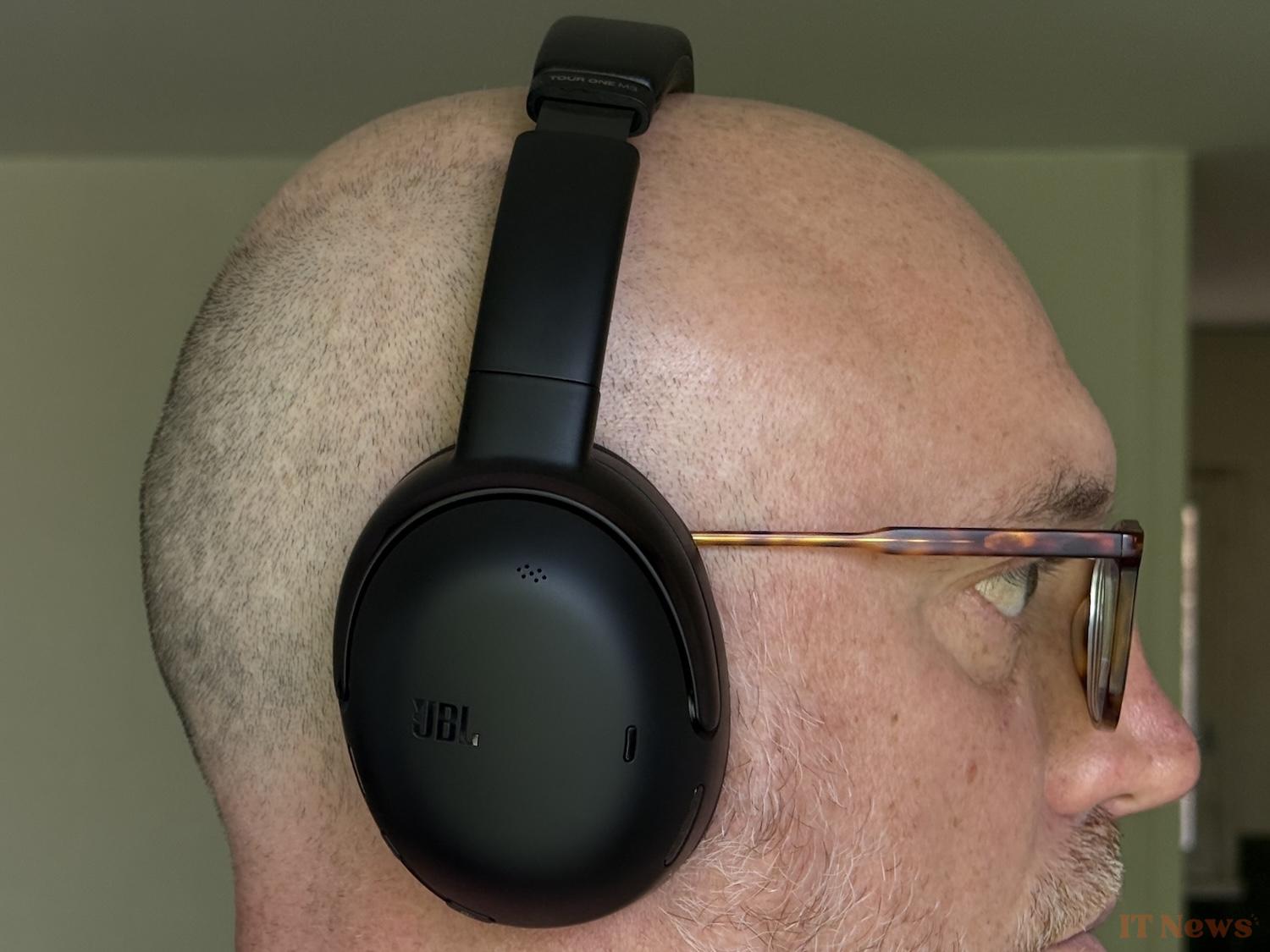


0 Comments